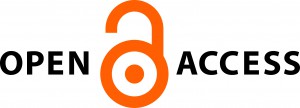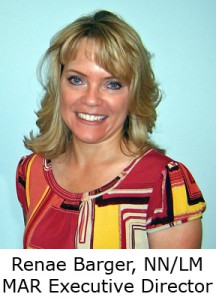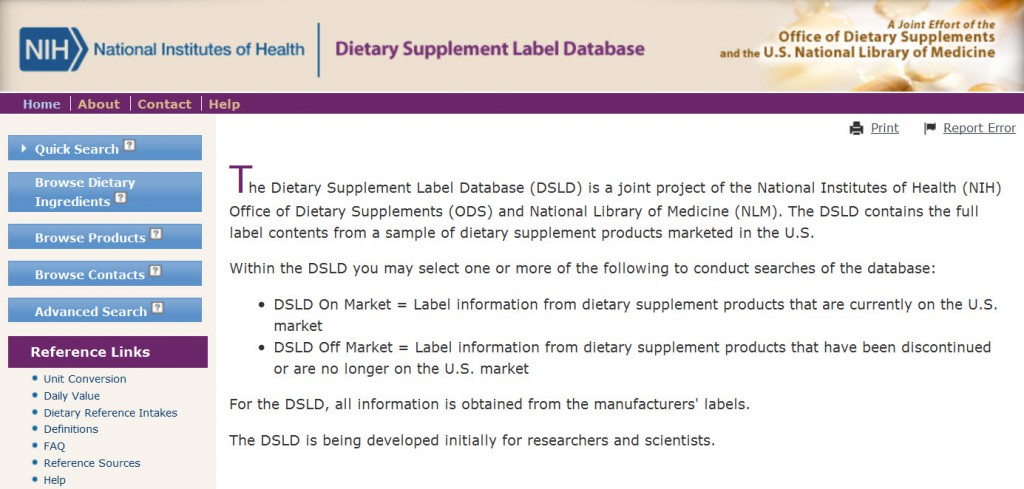Who owns your research data—you, the University of Pittsburgh, or the government? Who has the legal rights to your data, and who retains the data after project completion?
Data ownership refers to the rights and control over data as well as data management and use. The rules surrounding ownership depend on who is providing the funding. Grants from philanthropic organizations (e.g., foundations) tend to advance specific causes, and policies on ownership rights will vary. Private funders (e.g., pharmaceutical companies) are interested in profits as well as benefits to society, and typically retain ownership rights for the commercial use of data. Government agencies (e.g., NIH) fund research to improve the general health and welfare of society and provide support in the form of grants and contracts.
With a federally funded grant, researchers are required to conduct the research and submit reports, but control of the data remains with the institution that received the funds, such as the University of Pittsburgh. With a contract, researchers are required to deliver a service or product, which is ultimately controlled by the government. It is important for you to know whether your government-funded research is in the form of a grant or a contract, as this will influence where you can publish and who can use your data.
Your research institution does indeed own your data, but allows you, as the Principal Investigator (PI), to be the data steward, subject to institutional review. The PI controls the research direction, publication, and copyright (unless given to a publisher) and is responsible for data collection, recording, storage, retention, and disposal. Remember that if you have a federally funded grant, your data and lab notebooks belong to the grantee institution—NOT to you, your students, or your fellows. Also, if you leave a grantee institution, you must negotiate to keep both your grants and your data.
So, before undertaking any research, ask yourself the following questions:
- Who owns the data I’m collecting?
- What rights do I have to publish the data?
- Does collecting these data impose any obligations on me?
For authoritative sources of information on data ownership, please see:
- The University of Pittsburgh Guidelines on Research Data Management
- The University of Pittsburgh’s Office of Research and Office of Research Health Sciences
- The U.S. Department of Health and Human Services’ Office of Research Integrity
For other articles in this series about data management, please see:
- Part 1: “Data Management Planning” (February 2013)
- Part 2: “Metadata” (March 2013)
- Part 3 “Storage, Backup, and Security”( May 2013)
~ Carrie Iwema


 For health care and academic administrators facing ongoing financial challenges, the open access (OA) initiative and mandates for free public access to scholarly literature will continue to gain importance. Librarians play a role in explaining the difference between public access and OA.
For health care and academic administrators facing ongoing financial challenges, the open access (OA) initiative and mandates for free public access to scholarly literature will continue to gain importance. Librarians play a role in explaining the difference between public access and OA. 
